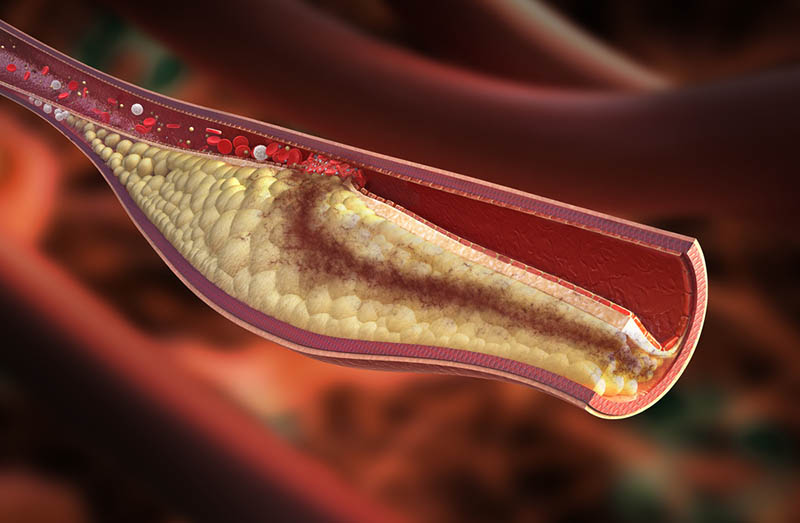Volume 111, Nº 3, September 2018
DOI: http://www.dx.doi.org/10.5935/abc.20180172
ORIGINAL ARTICLE
Adiponectin in Relation to Coronary Plaque Characteristics on Radiofrequency Intravascular Ultrasound and Cardiovascular Outcome
Bárbara Campos Abreu Marino
Nermina Buljubasic
Martijn Akkerhuis
Jin M. Cheng
Hector M. Garcia-Garcia
Evelyn Regar
Robert-Jan van Geuns
Patrick W. Serruys
Eric Boersma
Isabella Kardys

Abstract
Background: Prospective data on the associations of adiponectin with in-vivo measurements of degree, phenotype and vulnerability of coronary atherosclerosis are currently lacking.
Objective: To investigate the association of plasma adiponectin with virtual histology intravascular ultrasound (VH-IVUS)-derived measures of atherosclerosis and with major adverse cardiac events (MACE) in patients with established coronary artery disease.
Methods: In 2008-2011, VH-IVUS of a non-culprit non-stenotic coronary segment was performed in 581 patients undergoing coronary angiography for acute coronary syndrome (ACS, n = 318) or stable angina pectoris (SAP, n = 263) from the atherosclerosis-intravascular ultrasound (ATHEROREMO-IVUS) study. Blood was sampled prior to coronary angiography. Coronary plaque burden, tissue composition, high-risk lesions, including VH-IVUS-derived thin-cap fibroatheroma (TCFA), were assessed. All-cause mortality, ACS, unplanned coronary revascularization were registered during a 1-year-follow-up. All statistical tests were two-tailed and p-values < 0.05 were considered statistically significant.
Results: In the full cohort, adiponectin levels were not associated with plaque burden, nor with the various VH-tissue types. In SAP patients, adiponectin levels (median[IQR]: 2.9(1.9-3.9) μg/mL) were positively associated with VH-IVUS derived TCFA lesions, (OR[95%CI]: 1.78[1.06-3.00], p = 0.030), and inversely associated with lesions with minimal luminal area (MLA) ≤ 4.0 mm2 (OR[95%CI]: 0.55[0.32-0.92], p = 0.025). In ACS patients, adiponectin levels (median[IQR]: 2.9 [1.8-4.1] μg/mL) were not associated with plaque burden, nor with tissue components. Positive association of adiponectin with death was present in the full cohort (HR[95%CI]: 2.52[1.02–6.23], p = 0.045) and (borderline) in SAP patients (HR[95%CI]: 8.48[0.92–78.0], p = 0.058). In ACS patients, this association lost statistical significance after multivariable adjustment (HR[95%CI]: 1.87[0.67-5.19], p = 0.23).
Conclusion: In the full cohort, adiponectin levels were associated with death but not with VH-IVUS atherosclerosis measures. In SAP patients, adiponectin levels were associated with VH-IVUS-derived TCFA lesions. Altogether, substantial role for adiponectin in plaque vulnerability remains unconfirmed. (Arq Bras Cardiol. 2018; [online].ahead print, PP.0-0)
Keywords: Adiponectin; Atherosclerosis; Plaque, Atherosclerotic; Ultrasonography, Interventional; Coronary Artery Disease / complications.















